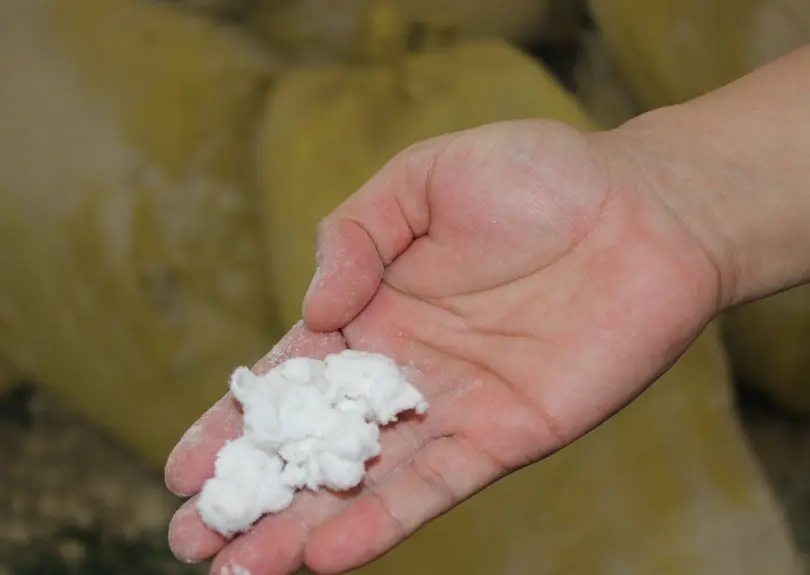
दिसम्बर . 23, 2024 09:53 Back to list
hpmc gelation temperature
HPMC Gelation Temperature Understanding the Properties and Applications
Hydroxypropyl methylcellulose (HPMC) is a versatile cellulose ether widely used in various industries, including pharmaceuticals, food, and cosmetics. One of its critical properties is the gelation temperature, which significantly influences its applications. Understanding the gelation behavior of HPMC is essential for optimizing formulations and ensuring product efficacy.
What is Gelation Temperature?
Gelation temperature refers to the specific temperature at which a polymer solution undergoes a transition from a liquid state to a gel-like state. This phenomenon is crucial for polymers like HPMC, as it can affect viscosity, stability, and the overall texture of the final product. For HPMC, the gelation temperature is influenced by several factors, including concentration, the degree of substitution, and the presence of salts or other additives.
Importance of HPMC Gelation Temperature
In the pharmaceutical industry, the gelation temperature of HPMC plays a vital role in drug delivery systems. HPMC is often used to create hydrogels, which can control the release of drugs over time. Understanding the gelation temperature allows formulators to tailor the viscosity and release kinetics, ensuring that the drug is delivered effectively in the desired timeframe. For instance, a lower gelation temperature may be beneficial for sustained-release formulations, whereas a higher gelation temperature is preferable for immediate-release applications.
In the food industry, HPMC acts as a thickening agent, stabilizer, and emulsifier. The gelation temperature influences the texture and consistency of food products, such as sauces, dressings, and desserts. By manipulating the gelation temperature, food technologists can achieve the desired mouthfeel and stability, improving the overall sensory experience for consumers.
Moreover, in cosmetics, HPMC is often incorporated in creams and lotions due to its ability to provide a smooth texture and enhance product stability. The gelation temperature is crucial in determining how these products behave under different temperature conditions, ensuring they remain stable and effective throughout their shelf life.
hpmc gelation temperature

Factors Influencing Gelation Temperature
Several factors influence the gelation temperature of HPMC.
1. Concentration Higher concentrations of HPMC generally lead to an increase in gelation temperature. This is because a more concentrated solution has more polymer chains interacting with each other, resulting in a denser network that requires higher temperatures to disrupt.
2. Degree of Substitution HPMC is available in various grades, differing in the degree of methyl and hydroxypropyl substitution. A higher degree of substitution typically lowers the gelation temperature, allowing for easier manipulation of the hydrophilic and hydrophobic properties of the polymer.
3. Ionic Strength The presence of salts and other ionic substances in the solution can significantly alter the gelation temperature of HPMC. Ions can either promote or inhibit gel formation, depending on their specific interactions with the polymer chains.
Conclusion
Understanding the gelation temperature of HPMC is crucial for maximizing its effectiveness in various applications. As researchers continue to explore the properties of HPMC and its behavior under different conditions, advancements in formulation technology will contribute to more efficient drug delivery systems, innovative food products, and improved cosmetic formulations. With its varied functionality, HPMC remains an essential ingredient across diverse industries, making the study of its gelation temperature a topic of great significance.
-
Versatile Hpmc Uses in Different Industries
NewsJun.19,2025
-
Redispersible Powder's Role in Enhancing Durability of Construction Products
NewsJun.19,2025
-
Hydroxyethyl Cellulose Applications Driving Green Industrial Processes
NewsJun.19,2025
-
Exploring Different Redispersible Polymer Powder
NewsJun.19,2025
-
Choosing the Right Mortar Bonding Agent
NewsJun.19,2025
-
Applications and Significance of China Hpmc in Modern Industries
NewsJun.19,2025







